Ever wanted to see a really tiny, naked woman? How about a pile of mannequins? Or a Roman god making out with another Roman god on the head of an ant? Well, then, London-based artist Jonty Hurwitz had you in mind when he created his series of nanoscopic 3D printed sculptures. These pieces are so small Hurwitz needed to use a lab’s electron microscope to see them. Or, I should say, they were so small. See, after Hurwitz was able to track down a lab capable of printing his nanoscopic pieces and a lab to display them with an electron microscope, they disappeared.
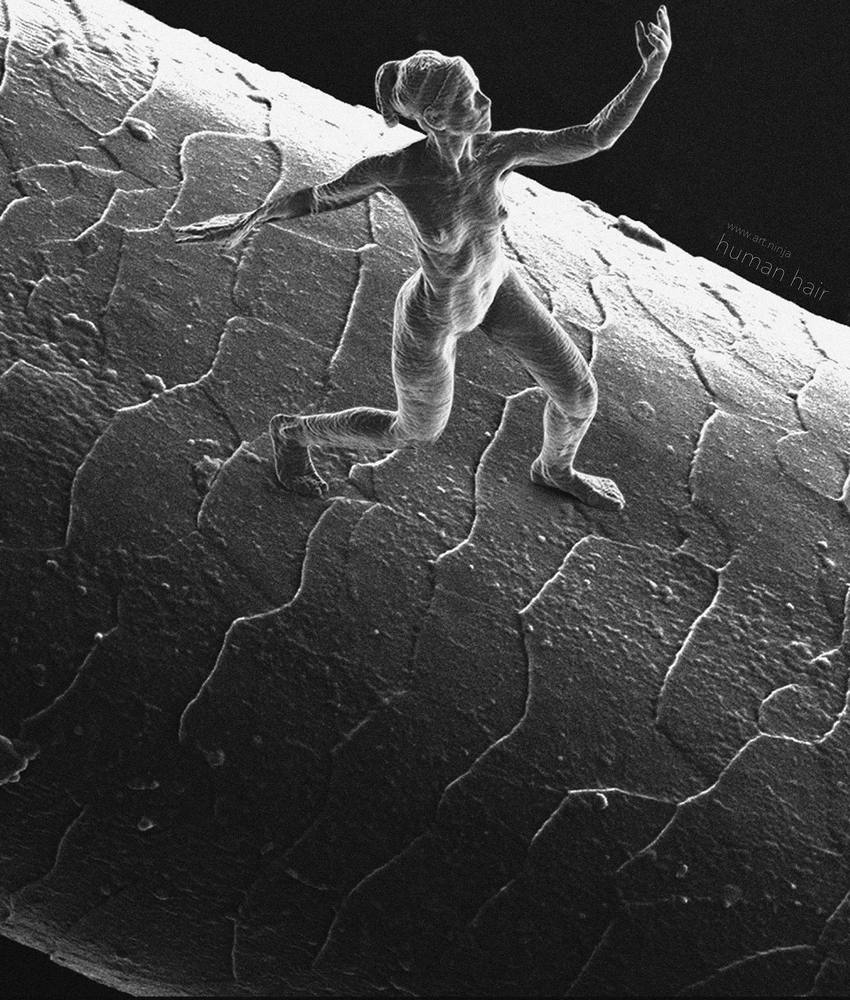
With a degree in engineering from Johannesburg, South Africa, Jonty Hurwitz decided to pursue the points at which science and art merge. His artwork usually incorporates physics in some way or another, with some utilizing billions of calculations to create. His most recent work, “Nano”, involves cutting edge technology to create objects smaller than the width of a single human hair or, in the case of the above sculpture called “Trust”, inside of the eye of a needle.
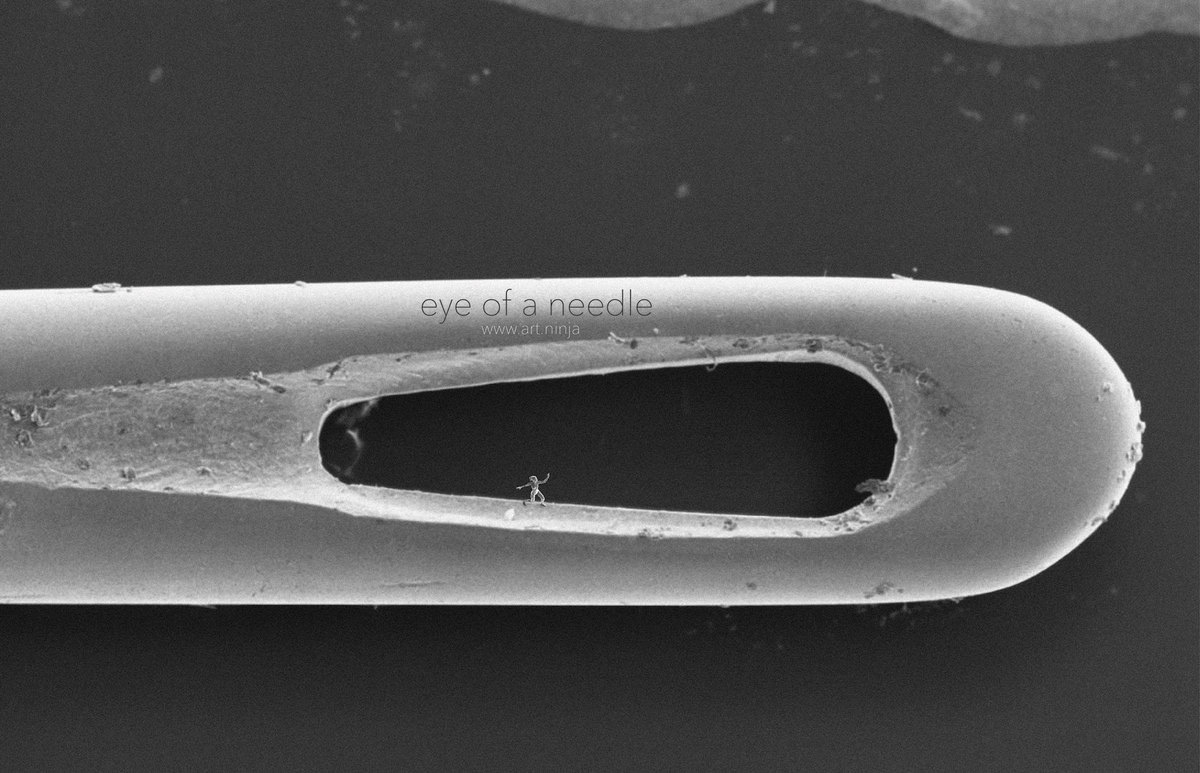
To fabricate his tiny prints, Hurwitz first had to make his 3D designs. Setting up an elaborate camera system in his warehouse, Hurwitz captured 3D renderings of models posing for each one of his sculptures. Then, with help from the Weizmann Institute of Science and the Institute of Microstructure Technology at the Karlsruhe Institute of Technology, the artist went about having his models printed on the Nanoscribe 3D printer, previously covered on 3DPI.
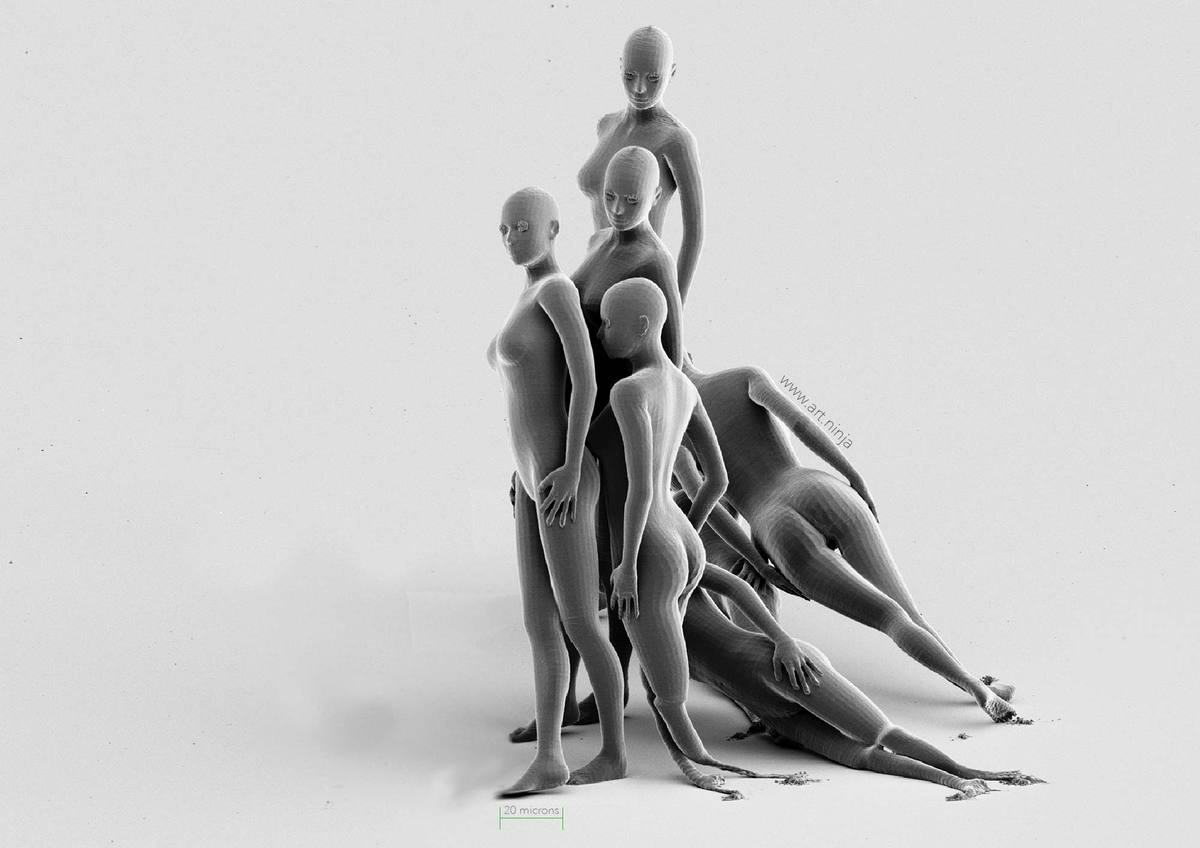
Hurwitz describes how the Nanoscribe’s Multiphoton Lithography process works:
If …. you use longer wavelength intense light, and focus it tightly through a microscope, something wonderful happens: at the focus point, the polymer absorbs TWO PHOTONS and responds as if it had been illuminated by UV light, namely it will solidify. This two photon absorption occurs only at the tiny focal point – basically a tiny 3D pixel (called a Voxel). The sculpture is then moved along fractionally by a computer controlled process and the next pixel is created. Slowly, over hours and hours the entire sculpture is assembled pixel by pixel and layer by layer.
The artist elaborates, in the absorbing interview (embedded below), on his experience upon receiving the prints. When he receives the package with his prints, Hurwitz begins climbing into his nanoscopic world: first opening the box and digging through the packaging material, then coming to a small jewelry box. Opening the box, he sees nothing. Though he ultimately makes out faint glints of something, tilting the box into the light, it isn’t until he gets them under an electron microscope, the property of a microscope salesperson that Hurwitz calls “Mr. G”, that he finally sees them in their nanoscopic glory.
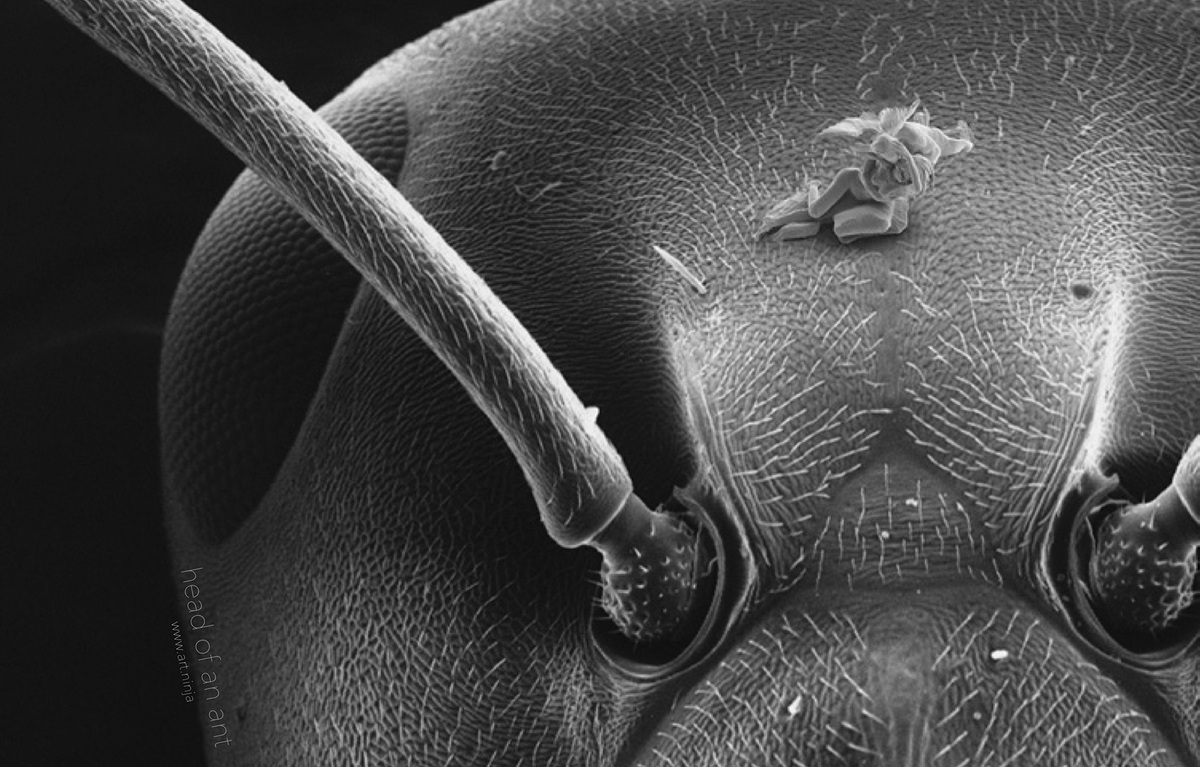
As the story unfolds, Hurwitz eloquently explains his hour-long search for the prints under the microscope, the final moment of seeing them and how indescribable that moment really was. Then, as Mr. G and G’s engineer take the slide out of the device, Hurwitz hears a quietly uttered “oops”, followed by “These may be hard to find again”. Dread sinks in as the slide goes back into the machine and they go on yet another search. The journey through the nanoverse of the microscope is a daunting and fruitless one. Finally, the artist removes the slide from the equipment and takes a look, seeing a single fingerprint where his seven nanosculptures once rested. A fingerprint belonging to Mr. G.
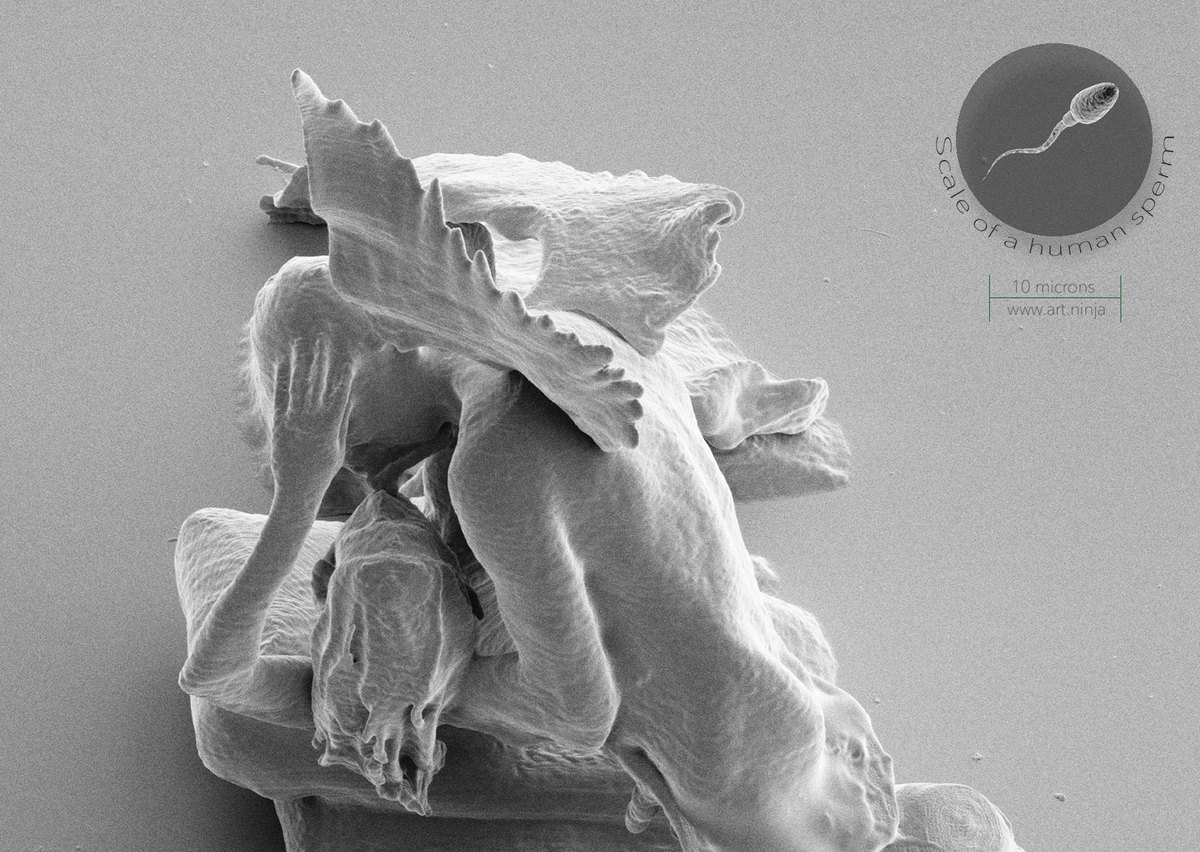
It’s then that Hurwitz realizes:
Ok. They are lost. I’ve just lost the seven – I’ve just lost the absolute edge of what humanity is capable of. I’ve just lost these nanosculptures. I’ve lost them. They are lost. You know, your first instinct when you lose things is to look…They’re lost. They’re gone.
With only the damaged glass slide, the photos, and the story, Hurwitz has to believe that the story is good enough. Saying, “And we come back to ‘trust’. Trust me. They were there.” His series is now being investigated by the Guinness Book of World Records to fit the category of smallest human portraits ever created. Without the prints, will they trust him? Will he ever trust an electron microscope salesman again?


